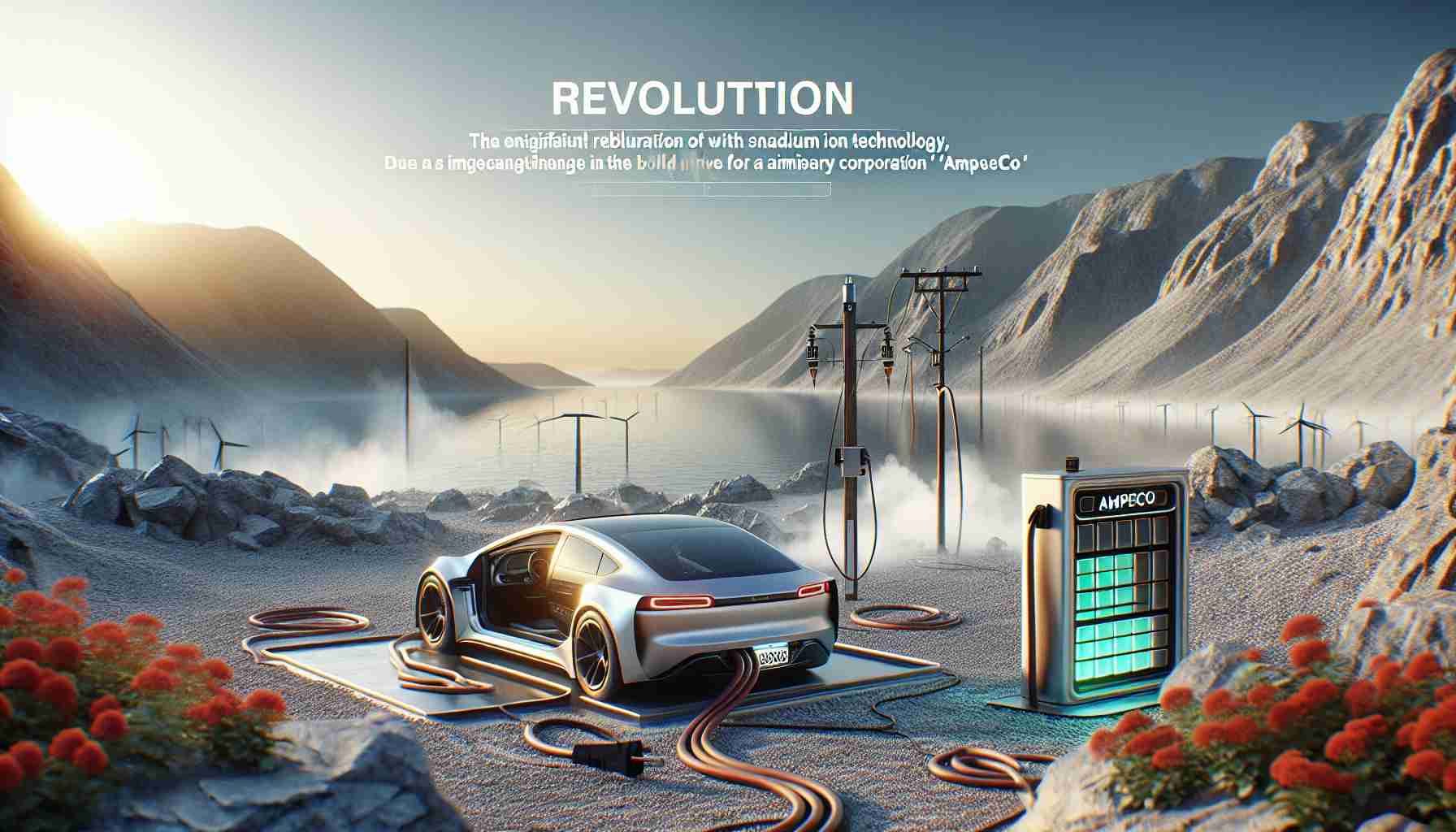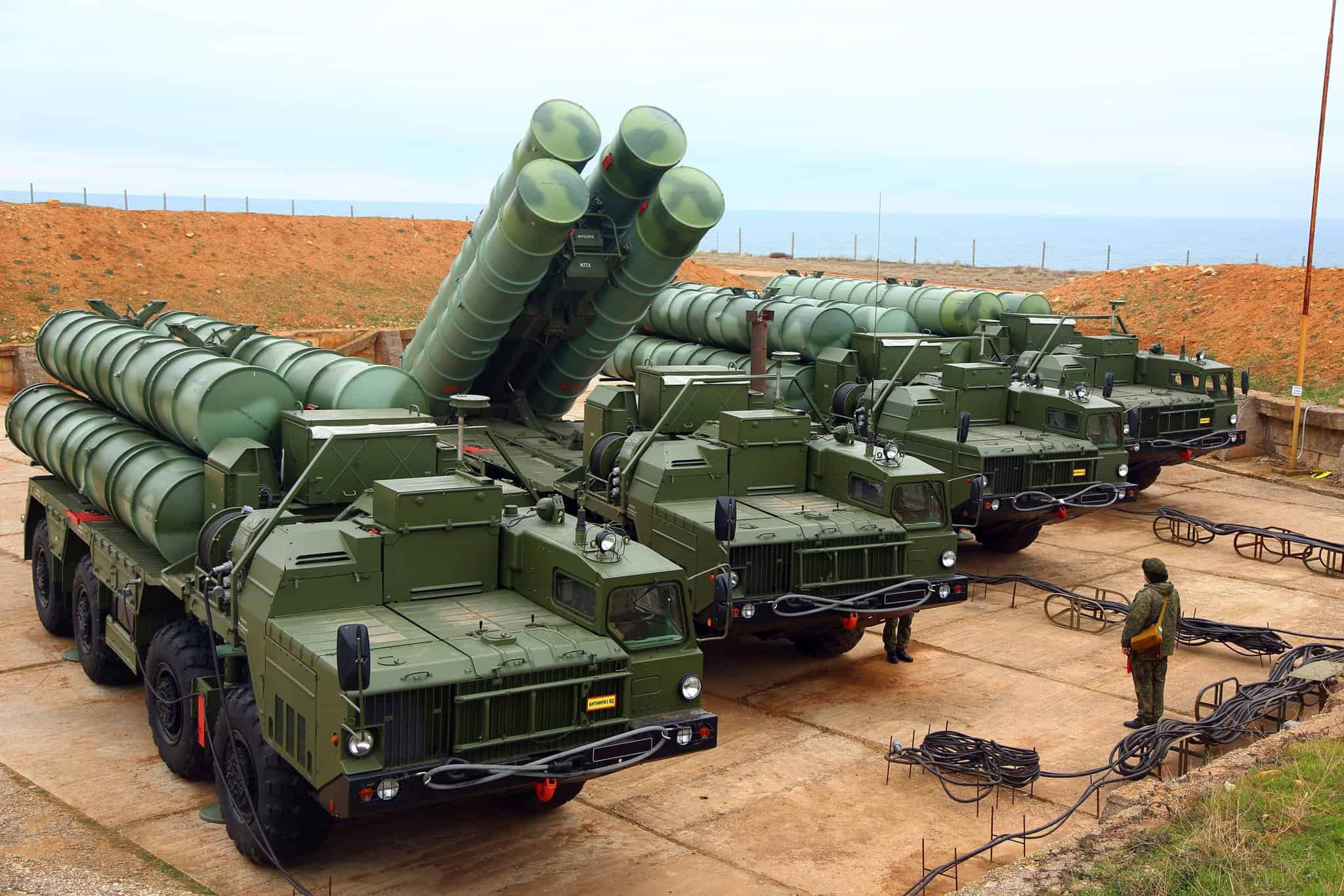In a groundbreaking move for battery technology, the U.S. Department of Energy has launched the LENS Consortium, focusing on sodium-ion batteries. This $50 million initiative is spearheaded by Argonne National Laboratory, collaborating with other national labs and universities. The goal is to create high-energy, durable sodium-ion batteries using commonly found materials, lessening reliance on rare elements like lithium, cobalt, and nickel. Despite being less energy-dense than lithium-ion alternatives, sodium-ion batteries are seen as a sustainable and cost-effective option. This innovation aims to strengthen the U.S. supply chain and diversify battery technology, playing a crucial role in electric vehicles and renewable energy storage.
Meanwhile, InductEV and ENRX are making strides in wireless EV charging technology by establishing global standards. Their collaboration focuses on high-power systems that could eliminate range anxiety and speed up wireless charging adoption. By supporting key industry standards and ensuring compatibility across platforms, they aim to revolutionize the EV charging landscape.
On the financial front, AMPECO has successfully secured $26 million in Series B funding aimed at expanding its global presence in EV charging solutions. This funding will be used to enhance their robust platform, expanding operations in North America, Europe, and Southeast Asia. Since its inception in 2019, AMPECO has rapidly scaled, serving over 160 clients worldwide and linking more than 120,000 charging stations. The investment positions AMPECO as a crucial player in the growing EV infrastructure market, which could require $500 billion by 2030.
This Exciting Battery Breakthrough Could Change the Future of Electric Vehicles
In an innovative leap forward, the U.S. Department of Energy has initiated the LENS Consortium with a focus on advancing sodium-ion battery technology. With a $50 million budget, this venture is led by Argonne National Laboratory in collaboration with other national labs and prestigious universities. Their mission is to develop high-energy, long-lasting sodium-ion batteries, which utilize readily available materials, unlike the rare and often costly elements required for lithium-ion batteries, such as lithium, cobalt, and nickel.
Sodium-Ion Batteries: A Sustainable Solution
Sodium-ion batteries, while not as energy-dense as their lithium-ion counterparts, present a significant opportunity as a sustainable and cost-effective alternative. This development not only promises to strengthen the U.S. supply chain but also broadens the scope of battery technology essential for electric vehicles and renewable energy storage solutions. The transition to these batteries could mitigate reliance on imports of rare materials, fostering more energy independence.
Revolutionizing EV Charging with Wireless Technology
Simultaneously, companies like InductEV and ENRX are forging ahead in the realm of wireless EV charging technology. Their collaboration centers on setting global standards for high-power wireless charging systems. Such technological advancements could not only alleviate range anxiety for electric vehicle users but also accelerate the widespread adoption of wireless charging methods. By advocating for key industry standards and ensuring cross-platform compatibility, these companies aim to transform the EV charging landscape significantly.
AMPECO’s Strategic Expansion in the EV Market
On the financial spectrum, AMPECO has secured substantial Series B funding of $26 million to expand its market footprint in EV charging solutions. This substantial investment is geared towards refining their comprehensive platform and increasing operational capacity across North America, Europe, and Southeast Asia. Founded in 2019, AMPECO has swiftly grown, servicing over 160 clients and integrating with more than 120,000 charging stations globally. With a potential demand for $500 billion in EV infrastructure by 2030, AMPECO stands as a pivotal entity in this rapidly expanding sector.
These developments underscore a major transformation in the energy and automotive industries, driven by innovative technologies and strategic investments. For more information on the latest advancements and strategic initiatives in energy technology, visit the U.S. Department of Energy.
















